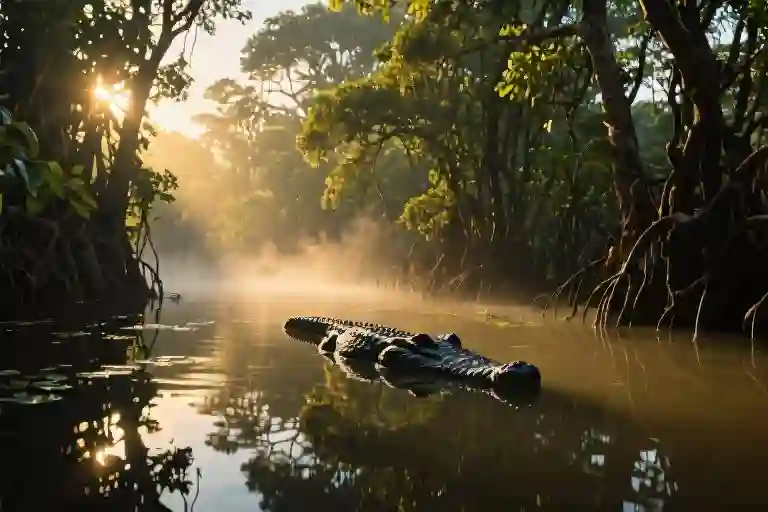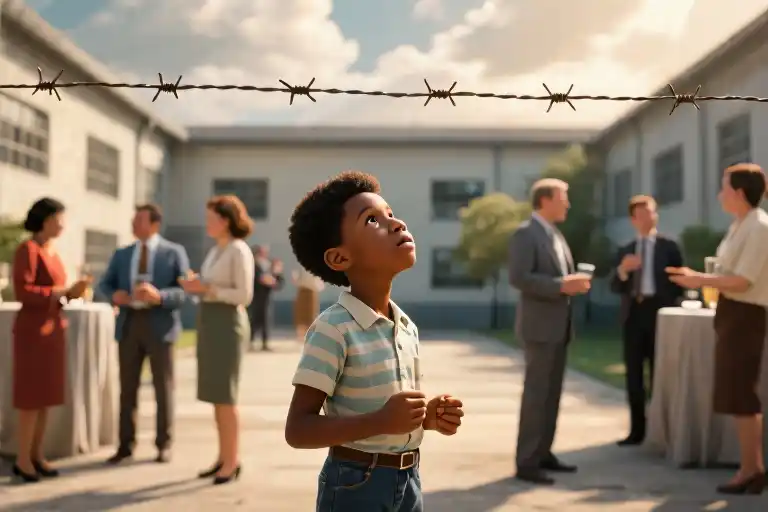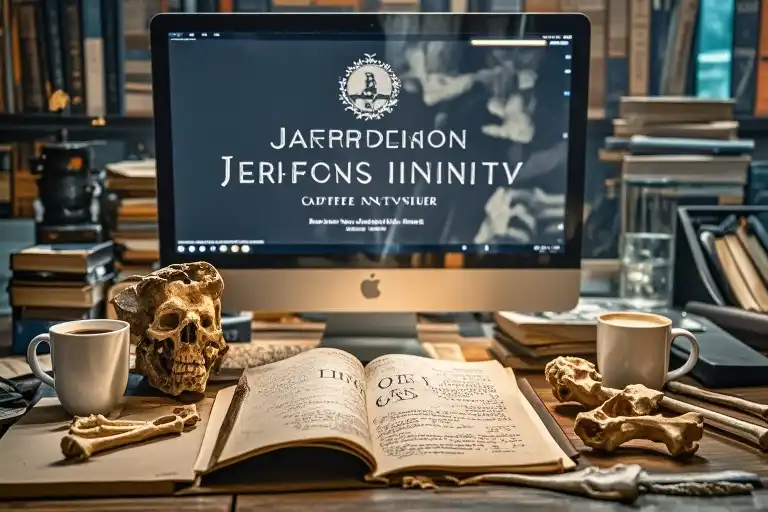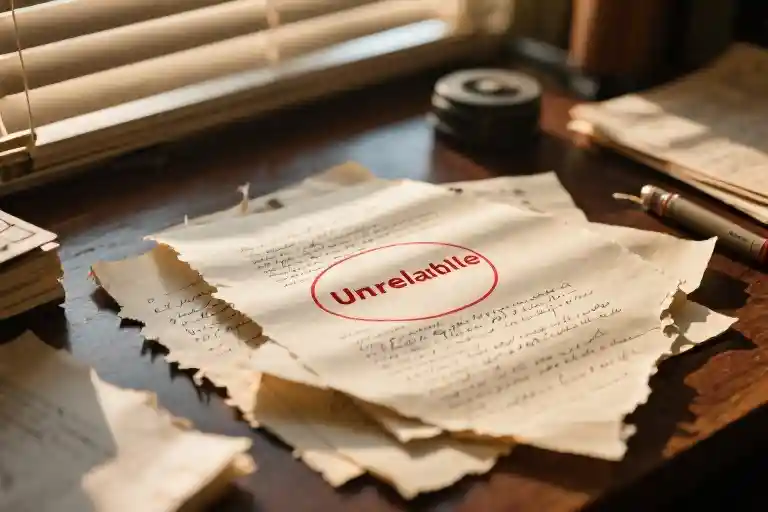The moment the crocodile’s jaws snapped shut in that murky Queensland river, its teeth glinting under the harsh tropical sun while the victim’s scream echoed through the mangroves, I finally understood what ‘troppo’ truly meant. That scene from episode 6 of Troppo’s second season wasn’t just another crime show moment – it was the perfect embodiment of tropical noir, where the environment itself becomes an accomplice to madness.
Working on this Amazon and ABC Australia co-production felt like stepping into Candice Fox’s twisted imagination. Her Crimson Lake novels had always captured that particular Queensland brand of insanity, where the line between human evil and nature’s brutality blurs in the humidity. When Thomas Jane first approached me about joining the writers’ room, I didn’t realize I’d spend months learning how to weaponize weather patterns in storytelling.
There’s something about the way crime unfolds in the tropics that defies traditional noir conventions. The shadows aren’t dark alleys but dense rainforest canopies; the femme fatale might literally be a 16-foot saltwater crocodile. Tom – or TJ as we call him when he’s in director mode – insisted we lean into that sweaty, uncomfortable realism. ‘Make the audience feel the mosquitoes biting,’ he’d say during our script meetings, his actor’s instincts merging with this new directorial vision.
What fascinates me most about tropical noir as a genre is its inherent contradictions. The vibrant colors of the landscape against grim subject matter, the tourist brochure imagery hiding primal fears. In episode 6, which I wrote and TJ directed, we pushed this further by having a chase sequence where the real threat wasn’t the armed killer but the rising tide cutting off escape routes. That’s the essence of troppo – nature doesn’t care about your murder mystery plot.
The term itself, Australian slang meaning both ‘tropical’ and ‘crazy,’ perfectly encapsulates why this show couldn’t be set anywhere else. When the ABC first approached us about season two, they specifically wanted more of that environmental tension – not just as backdrop but as active participant. Hence our now-infamous crocodile attack scene, which took three weeks to storyboard because TJ kept insisting the reptile needed more ‘character.’ Only in tropical noir would you hear a director argue about a crocodile’s motivation.
This genre thrives in that space between beauty and terror, much like Queensland itself. The same sunlight that makes the ocean sparkle also bakes the crime scenes; the rainforest that seems lush and inviting becomes a labyrinth of horrors. As writers, we’re constantly playing with that duality – much like Candice Fox does in her novels, though she’ll tell you the real Queensland is far stranger than anything we’ve put on screen.
What began as an opportunity to finally collaborate with Tom after a decade of talking about it became a masterclass in location-as-character storytelling. The Crocodile Dundee vibes are just the surface; dig deeper and you’ll find all the classic noir elements – moral ambiguity, flawed protagonists, twisting plots – but fermented in that unique tropical heat until they transform into something entirely new. That’s the magic of troppo, both the place and the state of mind.
From Napkin to Camera: A Decade-Long Collaboration
The sticky cocktail napkin still sits in my desk drawer, its edges yellowing but the Sharpie ink stubbornly legible: “TJ + Me = TropNoir Project (when??)” dated 10/17/2013. That alcohol-fueled scribble in a West Hollywood bar marked the beginning of what would become our Troppo collaboration – though neither Thomas Jane nor I could’ve predicted it would take seven years and one global pandemic to move from concept to writers’ room.
What started as casual banter about the lack of truly humid crime stories (“Everything’s either rain-slicked asphalt or desert bones,” Tom had grumbled between tequila shots) gradually crystallized into a shared vision. We wanted to create something that felt like peeling off sweat-drenched clothes – that particular Queensland brand of discomfort where the air itself seems complicit in the crimes. But between his punishing schedule on The Expanse and my nonfiction commitments, the project kept getting shelved until Troppo’s first season serendipitously proved our concept’s viability.
Watching Tom transition from Punisher-era intensity to Troppo’s more layered approach has been revelatory. His directing style retains that signature physicality – there’s a rawness to how he blocks actors in space, likely honed through years of action roles – but now tempered with remarkable sensitivity to environmental storytelling. In our first production meeting, he insisted the Queensland rainforest shouldn’t just be backdrop but an active narrative force: “I want audiences to feel moss growing between their toes during interrogation scenes.”
The writers’ room dynamics surprised me most. Australian showrunners operate with what I can only describe as organized chaos compared to Hollywood’s rigid hierarchy. Our daily 10am-4pm sessions in a Brisbane office with broken AC (deliberately kept swamp-like, I suspect) involved:
- Passing around a battered crocodile skull for inspiration
- Debating whether mangoes or mudcrabs made better murder weapons
- Arguing over how much procedural realism to sacrifice for atmospheric dread
Tom’s actor instincts frequently clashed with traditional crime writing tropes. He vetoed my initial version of Episode 6’s climax – a verbose villain monologue – with what’s become his directing mantra: “The humidity should do the talking.” We eventually landed on a near-silent sequence where the antagonist’s sweat-drenched shirt tells his unraveling story better than any dialogue could.
What fascinates me in retrospect is how our decade of false starts actually served the project. All those years discussing tropical noir theory at various dive bars subconsciously built a shared vocabulary. When we finally sat down to break Season 2’s story, we weren’t just collaborators but co-conspirators in crime storytelling – the kind of creative partnership that can’t be rushed, much like Queensland’s wet season storms.
The Damp Underbelly of Crime: Dissecting Tropical Noir’s DNA
The moment our location scout stepped into that mangrove swamp outside Cairns, his boots sank six inches into the mud. That sucking sound—halfway between a kiss and a death rattle—became the metronome for our entire season. Tropical noir isn’t just a genre; it’s a biological reaction where human skin becomes a petri dish for both sweat and moral decay.
When the Air Itself Becomes an Accomplice
Queensland’s humidity does something peculiar to crime storytelling. Unlike the crisp shadows of classic noir, our characters don’t simply emerge from darkness—they peel themselves off sticky vinyl car seats, their shirts clinging like second skins. Cinematographer Zoe White (who shot The Handmaid’s Tale) insisted on coating lenses with glycerin to replicate that permanent sheen of impending rain. The result? Every close-up feels vaguely post-coital, even when someone’s just drinking a beer.
This environmental pressure cooker alters narrative rhythm. Traditional detective work gets interrupted by monsoonal downpours that erase forensic evidence. Chase sequences transform into slow-motion wades through shoulder-high razor grass. We built an entire subplot around fungal infections because our medical consultant kept muttering about ‘opportunistic pathogens’—which pretty much describes every character in the Crimson Lake novels.
Reptilian Storytelling: Crocodiles as Narrative Shortcuts
Here’s the dirty secret about using man-eaters in your script: a 16-foot saltwater crocodile does 90% of your villain-establishing for you. When Ted Conkaffey (our ex-cop protagonist) stares into those vertical pupils in Episode 6, audiences instantly understand three things:
- This ecosystem operates on older rules
- Human morality is irrelevant here
- Someone’s definitely getting eaten
But the genius of Candice Fox’s original concept was making the reptiles more than set dressing. That scene where the juvenile croc gnaws on a victim’s prosthetic leg? Pure crime fiction alchemy—the animal isn’t just a threat, but an unwitting evidence destroyer. Our props department still has nightmares about sourcing ethically-obtained crocodile urine for the attack sequences.
A Genre Smoothie: Blending Adventure Pulp with Police Procedural
The test screenings revealed something unexpected. Viewers didn’t categorize Troppo as pure crime drama—they called it ‘Indiana Jones meets True Detective‘. This hybrid vigor comes from deliberate stylistic choices:
- Color Grading: Abandoning noir’s traditional monochrome for poisonous greens and rotting fruit yellows
- Sound Design: Layering insect drones over police radio chatter
- Pacing: Letting the environment dictate scene length (that 8-minute unbroken take of our detective vomiting from heatstroke wasn’t just artistic pretension—it was meteorological accuracy)
Thomas Jane’s direction amplified this fusion. Having starred in everything from Westerns (The Magnificent Seven) to superhero films (The Punisher), he understood how to let genre elements rub against each other until they sparked. His insistence on casting actual herpetologists as extras gave those crocodile attack scenes a disturbing docudrama edge.
What emerges isn’t just a regional variation of noir, but something that chews through genre boundaries like a croc through chum. The real crime in tropical noir isn’t murder—it’s the illusion that humans ever stood a chance against this landscape.
The Art of Adaptation: Decoding Troppo’s Creative Choices
Adapting Candice Fox’s Crimson Lake novels into the tropical noir series Troppo required more than a straightforward translation from page to screen. The process involved deliberate creative betrayals that ultimately served the story’s transition to a visual medium. These decisions weren’t made lightly – each alteration carried the weight of fan expectations while needing to establish the show’s unique identity.
Reimagining Amanda
The most significant character transformation came with police detective Amanda Pharrell. While Fox’s original novel presents her as a complex but somewhat conventional investigator, our writers’ room saw an opportunity to amplify the gender dynamics in Queensland’s male-dominated crime world. We gave Amanda more visible scars – both physical and emotional – that inform her relentless pursuit of justice. Thomas Jane pushed particularly hard for scenes showcasing her vulnerability during night patrols through the mangroves, arguing that the contrast between her professional toughness and private fears would resonate with modern audiences.
Setting as Character
That iconic Crimson Lake motel from the books? Gone. Instead, we anchored key scenes around a dilapidated houseboat that became S2’s visual centerpiece. This wasn’t just set dressing – the constantly rocking vessel mirrored our characters’ unstable moral compasses. The production designer insisted the boat should always appear moments from sinking, its rusted hull collecting barnacles like secrets. When Amazon executives questioned the budget for this floating set piece, we argued that in tropical noir, environment isn’t backdrop – it’s an active participant in the story.
Cultural Considerations
Introducing Indigenous characters required particular sensitivity. Fox’s novels touch on Aboriginal land rights, but translating this to screen meant consulting with local elders about proper representation. We replaced the books’ occasional mystical references with practical bushcraft knowledge – tracking methods, storm predictions, medicinal plants – all vetted by cultural advisors. The biggest debate came when deciding whether to keep a crucial scene involving traditional punishment rituals. After weeks of discussion, we compromised by showing the aftermath rather than the act itself – a decision that actually intensified the scene’s emotional impact.
These adaptation choices created occasional tension with Fox’s passionate fanbase. Some readers missed the novel’s claustrophobic motel scenes, while others applauded the expanded Indigenous perspectives. What remained constant was the oppressive Queensland atmosphere – that sweaty, dangerous feeling that makes tropical noir distinct from its urban counterparts. As one producer aptly put it during our final story conference: ‘We’re not filming the book – we’re filming what the book makes people feel.’ That philosophy guided every creative decision, from Amanda’s rewritten backstory to that godforsaken houseboat that nearly capsized twice during filming.
The Making of Episode 6: When the Director’s Chair Became a Battlefield
The moment Thomas Jane insisted on shooting the monsoon sequence without dialogue, I knew we were entering dangerous waters. Not the kind infested with the show’s trademark crocodiles, but the sort where creative visions collide like weather systems over the Queensland coast. This became the defining struggle of Episode 6 – how to translate the script’s tense confrontation between our protagonists into what TJ called “pure visual storytelling.”
Our original scene had Amanda delivering a crucial monologue about her sister’s disappearance while rain lashed the boat’s cabin. Solid crime drama material, or so we thought. Thomas had other ideas. “The weather’s saying enough,” he argued during our late-night production meeting, tapping the script with fingers still stained from that afternoon’s fake blood tests. “Let the audience read her face instead of her lines.” What followed was three days of grueling reshoots where our lead actress had to convey decades of guilt and resolve through nothing but eye movements and the occasional choked breath. The result? Arguably the most powerful sequence in the season, where the rhythmic pounding of rain on tin roof became its own character.
Amazon’s executives nearly drowned our ambitions when they saw the first cut. Their notes demanded we “clarify character motivations” – industry speak for spoon-feeding exposition. The compromise left scars: we kept TJ’s wordless downpour but spliced in flashbacks during post-production. Those grainy childhood memories of Amanda’s sister playing in the shallows now bookend the scene, a decision that still makes our cinematographer mutter about “butchered purity” whenever he’s had two beers.
Then there was Bruce. Not a crew member, but our 23-foot animatronic crocodile whose hydraulic systems developed a mind of their own during the climax. The prop team had warned us about operating in 90% humidity, but nobody anticipated the moment our mechanical villain would start snapping at random during Ted’s life-or-death struggle. What you see in the final cut is 60% choreography and 40% genuine panic – the wide shot where Thomas ducks a rogue tail swipe wasn’t in the storyboards. Our special effects lead later confessed they’d been troubleshooting the beast with a hairdryer between takes.
These battlefield stories reveal the messy alchemy behind tropical noir. The genre thrives on controlled chaos – both in its narratives and its making. When the ABC’s test audience rated our silent rain scene as the episode’s most confusing yet most memorable moment, we knew we’d captured that elusive Troppo magic: the line between calculated artistry and happy accidents is as thin as a knife’s edge in the Queensland humidity.
The Future of Tropical Noir and Your Turn
The sticky fingerprints of tropical noir are smearing across global storytelling, and not just on camera lenses. As climate anxiety seeps into our collective consciousness, that sweaty blend of ecological threat and human frailty we perfected in “Troppo” feels increasingly prophetic. The Queensland rainforest we used as a character—its vines choking crime scenes, its downpours erasing evidence—might soon stand in for any coastline where rising waters meet desperate people.
Thomas Jane once joked between takes that we weren’t making a crime show but “documenting the first drafts of tomorrow’s headlines.” The way crocodile attacks paralleled corporate greed in our second season wasn’t subtle symbolism; it was survival horror dressed in noir’s trench coat. This genre thrives where the air is too thick for moral clarity, where a detective’s sweat stains blend with blood spatter.
So here’s where I pass the microphone: if you could recast any literary work in this mold, what would it be? Imagine Chandler’s “The Big Sleep” with mangrove swamps instead of Los Angeles alleys, or Agatha Christie’s island mysteries where the real killer is the bleaching coral. The rules are simple—keep the humidity at 90%, ensure every shadow contains either a predator or a secret, and make sure the environment always wins.
Next time, Candice Fox will explain why she nearly sued us over Episode 6’s controversial crocodile scene (“That reptile ate three pages of my subtext!”), along with her predictions for where this genre migrates next. Until then, the question stands: what story deserves the tropical noir treatment? The best answer gets a signed copy of Thomas Jane’s rain-soaked shooting script—coffee stains and crocodile teeth marks included.




